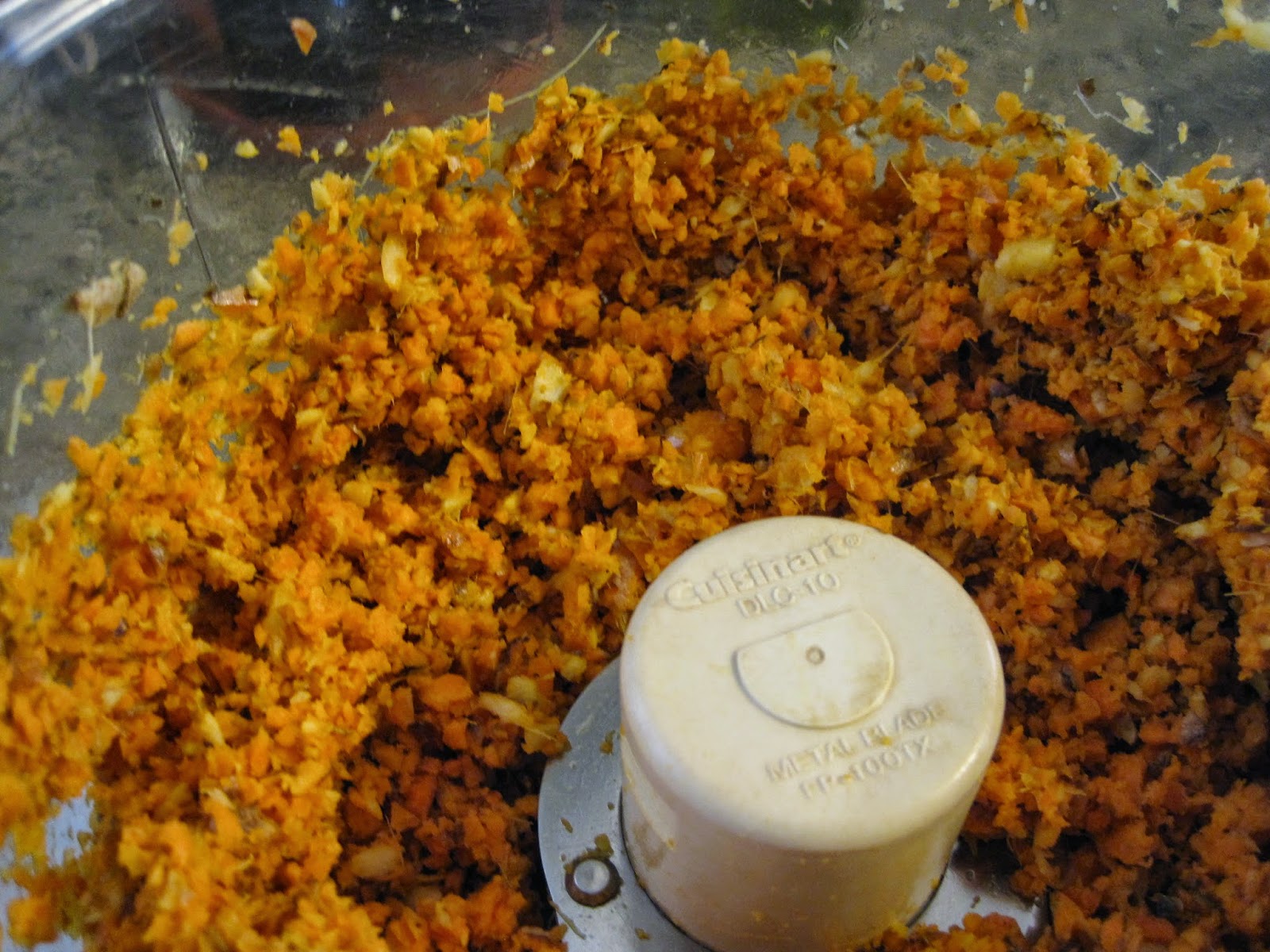Both ginger root and turmeric root have been touted as powerhouse health foods because they have components that reduce inflammation, reduce pain, and reduce cancer cells' growth. Ginger has been traditionally used to aid digestion, reduce morning sickness and motion sickness, reduce headache pain, and as a warming spice that can improve blood circulation. Turmeric has been traditionally used as a liver support, cholesterol reducer, pain reducer, joint support and decongestant.
But is it worth adding adding a capsule of ginger or turmeric to your daily routine? In most cases, no. The research on each of these spices shows doses of what you would find in 3-8 capsules each per day to be clinically effective or a lifelong diet that regularly incorporates these spices. So how do you take advantage of the benefits of ginger and turmeric while not having the time or desire to swallow 15 capsules in addition to what you are already taking?
Let Your Food be Your Medicine by frequently incorporating ginger and turmeric into your food. Here are some ways to get started:
But is it worth adding adding a capsule of ginger or turmeric to your daily routine? In most cases, no. The research on each of these spices shows doses of what you would find in 3-8 capsules each per day to be clinically effective or a lifelong diet that regularly incorporates these spices. So how do you take advantage of the benefits of ginger and turmeric while not having the time or desire to swallow 15 capsules in addition to what you are already taking?
Let Your Food be Your Medicine by frequently incorporating ginger and turmeric into your food. Here are some ways to get started:
- Drink ginger tea after a meal to aid digestion
- Sprinkle ground ginger in your morning smoothie, on cereal or oatmeal
- Add ground turmeric to rice or quinoa when you are cooking it, 1/2 tsp per serving
- Add ground turmeric to soup, 1/2 tsp per serving
- Add minced fresh ginger to stir-fry
- Add ground ginger and ground turmeric to salad dressings and marinades
- Keep Ginger Turmeric Pods in the freezer
Ginger Turmeric Pods
Ginger root, a piece between 7-8 inches long
1 1/3 cups turmeric roots
3 tablespoons coconut oil
Fresh ginger and turmeric roots can be found in the produce department, usually near the herbs. Peel the ginger and cut it into 1 inch pieces. You do not need to peel the turmeric roots, just rinse them and scrub a bit with a vegetable brush and break the larger roots into 1 inch pieces.
Put ginger and turmeric into a food processor and pulse a few times to a sawdust consistency.
Then add coconut oil and pulse until the mixture is sticking together slightly and homogeneous.
Use a tablespoon to scoop out mixture and press between your hands to form balls (you may want to wear gloves for this part, it's pretty messy).
Arrange on a plate so the pods aren't touching each other and freeze a few hours. Once frozen you can keep them in a bag in the freezer and use as needed over a few months.
You can add a pod to rice or soup as you are cooking it and use it in place of fresh or ground ginger and turmeric in other recipes.


